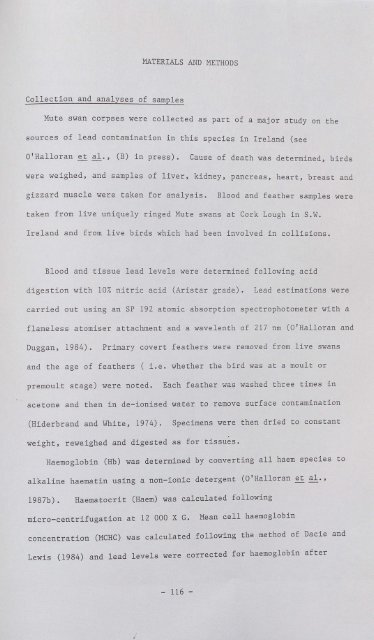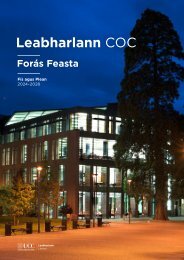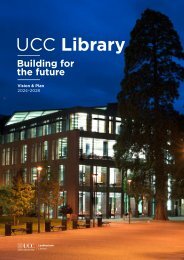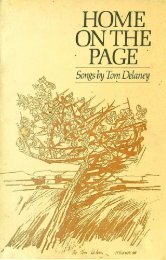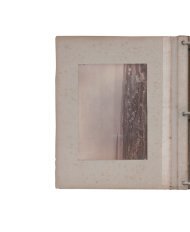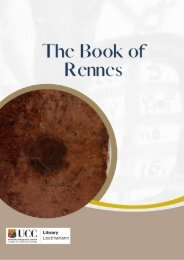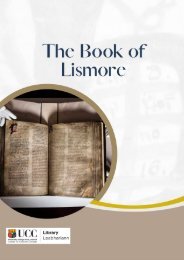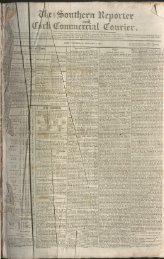Lead Toxicity in Mute Swans
LEAD TOXICITY IN MUTE SWANS Cygnus olor (Gmelin). By JOHN O'HALLORAN A thesis submitted to the National University of Ireland in candidature for the degree of Doctor of Philosophy September 1987
LEAD TOXICITY IN MUTE SWANS
Cygnus olor (Gmelin).
By
JOHN O'HALLORAN
A thesis submitted to the National University of Ireland
in candidature for the degree of Doctor of Philosophy
September 1987
Create successful ePaper yourself
Turn your PDF publications into a flip-book with our unique Google optimized e-Paper software.
I<br />
r<br />
MATERIALS AND METHODS<br />
Collection and analyses of samples<br />
<strong>Mute</strong> swan corpses were collected as part of a major study on the<br />
sources of lead contam<strong>in</strong>ation <strong>in</strong> this species <strong>in</strong> Ireland (see<br />
O'Halloran et al., (B) <strong>in</strong> press).<br />
Cause of death was determ<strong>in</strong>ed, birds<br />
were weighed, and samples of liver, kidney, pancreas, heart, breast and<br />
gizzard muscle were taken for analysis.<br />
Blood and feather samples were<br />
taken from live uniquely r<strong>in</strong>ged <strong>Mute</strong> swans at Cork Lough <strong>in</strong> S.W.<br />
Ireland and from live birds which had been <strong>in</strong>volved <strong>in</strong> collisions.<br />
Blood and tissue lead levels were determ<strong>in</strong>ed follow<strong>in</strong>g acid<br />
digestion with 10% nitric acid (Aristar grade).<br />
<strong>Lead</strong> estimations were<br />
carried out us<strong>in</strong>g an SP 192 atomic absorption spectrophotometer with a<br />
flameless atomiser attachment and a wavelenth of 217 nm (O'Halloran and<br />
Duggan, 1984).<br />
Primary covert feathers were removed from live swans<br />
and the age of feathers ( i.e. whether the bird was at a moult or<br />
premoult stage) were noted.<br />
Each feather was washed three times <strong>in</strong><br />
acetone and then <strong>in</strong> de-ionised water to remove surface contam<strong>in</strong>ation<br />
(Hiderbrand and White, 1974).<br />
Specimens were then dried to constant<br />
weight, reweighed and digested as for tissues.<br />
Haemoglob<strong>in</strong> (Hb) was determ<strong>in</strong>ed by convert<strong>in</strong>g all haem species to<br />
alkal<strong>in</strong>e haemat<strong>in</strong> us<strong>in</strong>g a non-ionic detergent (O'Halloran et al.,<br />
1987b).<br />
Haematocrit (Haem) was calculated follow<strong>in</strong>g<br />
micro-centrifugation at 12 000 X G.<br />
Mean cell haemoglob<strong>in</strong><br />
concentration (MCHC) was calculated follow<strong>in</strong>g the method of Dacie and<br />
Lewis (1984) and lead levels were corrected for haemoglob<strong>in</strong> after<br />
- 116 -


